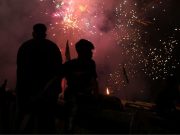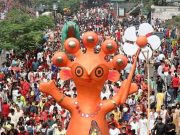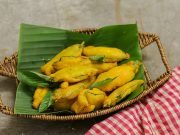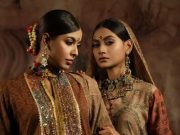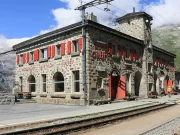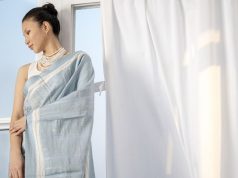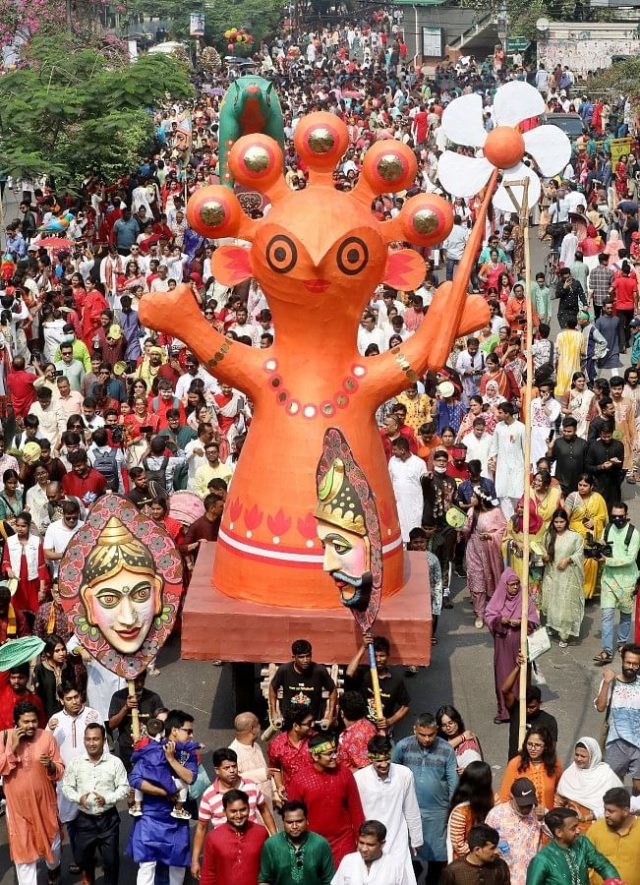
The first day of the Bengali calendar, Pahela Baishakh, is a colorful celebration that is widely observed throughout Bangladesh. Every year, on April 14, it ushers in a new year full of celebrations, hope, and ethnic pride. But why is this celebration so unique, and how did it start?
The Origins of Pahela Baishakh in History
Akbar, the Mughal emperor, is frequently cited as the source of the Bengali calendar (Bangabda). It’s interesting to note that tax collection, not culture, was the primary cause.
Farmers used to pay taxes according to the Islamic Hijri calendar, which is based on lunar cycles. The administration and farmers had challenges as a result of this, though, as it did not correspond with the agricultural harvest seasons. In order to address this, Akbar hired a scholar named Fatehullah Shirazi to design a new calendar that matched the harvest season.
Thus, in 1584, the Bangabda—originally known as Tarikh-e-Elahi—was born. The Bengali calendar was formalized by Akbar, while other historians attribute its introduction to the Gauda King Shashanka.

How Today We Celebrate Pahela Baishakh
Halkhata: A Customary Business Procedure
Pahela Baishakh was primarily about opening new account books (Halkhata) until it evolved into a major cultural celebration. Shopkeepers and traders would provide sweets to new customers and settle previous debts. In many local markets, particularly in Old Dhaka, this custom is still practiced.
The Morning Concert by Chhayanaut
Chhayanaut, a prominent cultural group, organizes Rabindra Sangeet, Nazrul Geeti, and folk songs in Ramna Botomul (Dhaka) to start the day. This festival, which has drawn thousands of people since 1961, is a representation of Bengali ancestry.
The Vibrant Parade of Mangal Shobhajatra
The Mangal Shobhajatra, a UNESCO-recognized cultural procession with enormous masks, puppets, and colorful floats, is a prominent attraction. Communities, art organizations, and universities all participate in this parade, bringing messages of optimism and solidarity.
Customary Cuisine and Festive Clothes
Without food, no party is complete! People eat sweets, bhorta, and fried hilsha with fermented rice, or panta bhat. People frequently dress in red, white, and yellow; women adorn white sarees with red borders, and men wear panjabis.
 National Holidays
National Holidays
Every city, from Khulna to Sylhet, Chittagong to Dhaka, celebrates with dance, music, and fairs. To add to the celebratory atmosphere, rural regions host puppet plays, boat races, and bull races.
The Significance of Pahela Baishakh
Beyond its historical origins, Pahela Baishakh is a symbol of joy, resiliency, and Bengali identity. People gather to celebrate culture, tradition, and fresh starts in spite of the April heat




